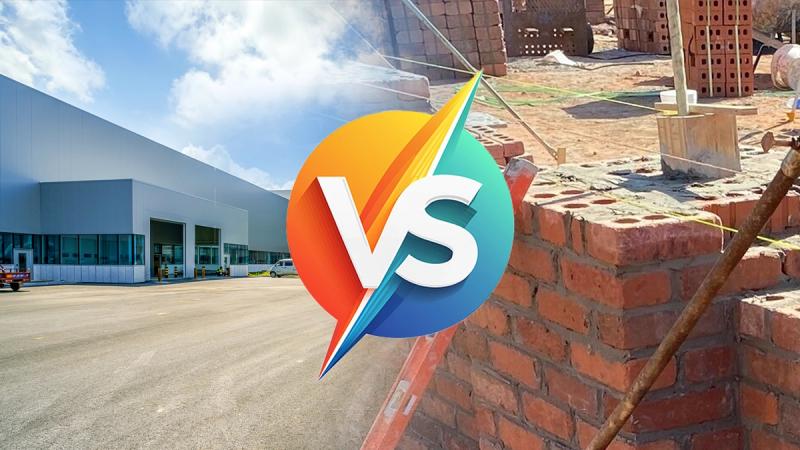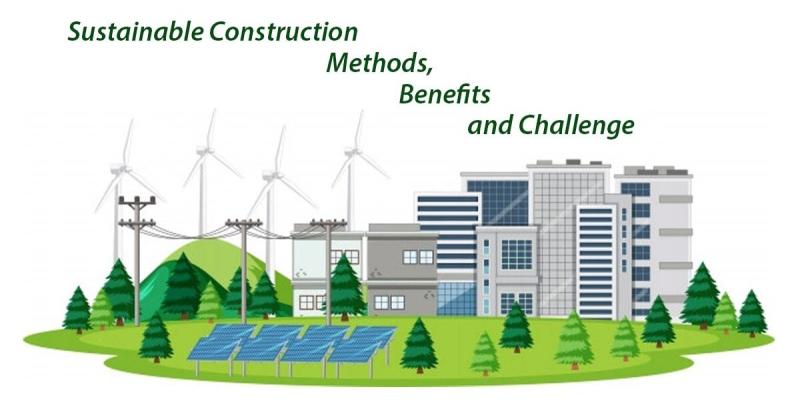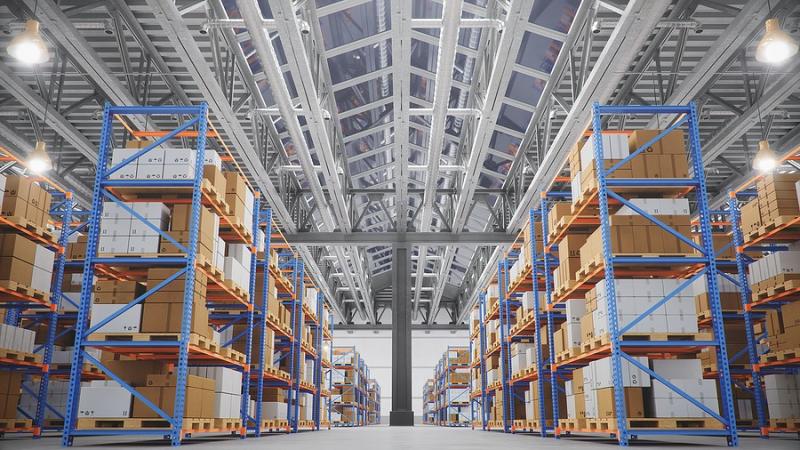Prefab Factory vs. Traditional Construction: A Cost-Benefit Analysis of Industrial Factory Buildings


When it comes to building an industrial factory, businesses face an important decision: Should they go for traditional construction methods, or is a prefab (modular) factory a better choice? Both approaches have their merits, but the right option for your project depends on various factors such as cost, time, and functionality. In this article, we’ll break down the cost-benefit analysis of prefab factory buildings vs. traditional construction to help you make an informed decision for your next industrial project.
Understanding Traditional Construction
Traditional construction methods are well-known and widely used for industrial buildings. This approach requires starting from scratch on-site, where all construction processes, such as land preparation, foundation building, wall installation, and roofing, happen in stages. Materials like bricks, concrete, and steel are commonly used, and skilled labor is required at each step to ensure the building meets safety and functionality standards.
However, while this method has been the industry standard for decades, it comes with certain challenges:
- Labor Costs and Time: Traditional construction tends to be more labor-intensive, with each phase of the project requiring significant skilled labor. This can lead to higher costs and longer timelines, particularly if unforeseen delays occur.
- Material Management: On-site material sourcing, transportation, and storage can increase costs. Plus, environmental factors such as weather conditions can lead to material wastage.
- Unforeseen Delays and Expenses: Weather, labor shortages, and other unpredictable factors often result in delays and added costs. Compliance with regulations and ensuring site safety can also contribute to the overall project expense.
- Ongoing Maintenance: Traditional buildings may require more frequent maintenance due to aging materials and environmental exposure, adding to long-term costs.
The Rise of Prefab Factory Construction
Prefab factory buildings are a modern solution that has been gaining popularity due to their efficiency and cost-effectiveness. In this approach, components of the building are pre-manufactured in a controlled factory environment, then transported to the site for assembly. This streamlined process eliminates many of the challenges associated with traditional on-site construction.
Here’s why prefab factory buildings are becoming the go-to choice for industrial projects:
- Cost-Effectiveness: Since components are built off-site in controlled conditions, labor costs are lower, and material waste is minimized. The efficiency of the process often results in significant cost savings.
- Faster Construction: With much of the work happening simultaneously in the factory and on-site, prefab buildings take much less time to complete. This allows businesses to start operations sooner, which can be crucial for time-sensitive projects.
- Consistent Quality: Factory-controlled environments ensure consistent quality throughout the manufacturing process, resulting in fewer defects and better long-term durability.
- Sustainability: Prefab buildings are more eco-friendly, as they generate less waste, use energy-efficient systems, and minimize environmental impact. Additionally, many prefab components are recyclable, contributing to a more sustainable building solution.
- Flexibility and Scalability: Prefabricated buildings are highly customizable and can easily be expanded or modified as the business grows. This flexibility makes them an excellent choice for industries with changing needs.
- Energy Efficiency: Prefabricated buildings can incorporate advanced insulation techniques and energy-saving systems, reducing operational costs and promoting sustainability.
Don’t just trust the word, check out how successful PEB factory looks. Visit their projects page to learn the different applications of prefab and PEB in industrial buildings.
Cost-Benefit Comparison: Prefab Factory vs. Traditional Construction
To make the comparison clearer, here’s a breakdown of key benefits for both approaches:
| Benefit | Traditional Construction | Prefab Factory |
|---|---|---|
| Time Savings | Longer construction time due to on-site complexities and weather delays. | Faster completion due to simultaneous off-site and on-site work. |
| Cost Control | Budget overruns from unforeseen delays, labor shortages, and material wastage. | Predictable costs with reduced risks of unexpected overruns. |
| Quality Assurance | Quality control can vary; issues may arise due to on-site conditions. | Consistent quality control in a factory setting. |
| Environmental Impact | Higher waste and energy consumption. | More sustainable, with reduced waste and energy-efficient design. |
| Customization | Highly customizable but can lead to delays and cost overruns. | Flexible and scalable with easier adjustments during the build. |
Why Prefab Factory Buildings Are Ideal for Industrial Projects
When it comes to industrial factory buildings, the prefab approach offers numerous advantages, particularly in terms of cost and time savings. In addition to being more affordable, it ensures a faster return on investment, allowing businesses to start operations sooner. Furthermore, prefab buildings are more environmentally friendly and require less maintenance in the long run.
Given the ever-increasing demand for efficient and cost-effective building solutions, prefabricated factory buildings have emerged as a smart alternative to traditional construction methods. At EPACK Prefab, they specialize in providing comprehensive prefab solutions for a variety of industrial applications, including warehouses, factory buildings, clean rooms, and more. With over 24 years of experience and 7,400+ completed projects, we have the expertise to bring your vision to life efficiently and within budget.
Make the Right Choice for Your Industrial Project
Choosing the right construction method for your factory building can have a significant impact on your project’s cost, timeline, and long-term performance. While traditional construction methods may offer some level of customization, the benefits of prefab factory buildings – such as faster build times, reduced costs, and a more sustainable approach – make them the ideal choice for many industrial applications.
Ready to build your next factory? Get in touch with EPACK Prefab for a customized prefab solution that suits your business needs. With their expertise in PEB (Pre-Engineered Buildings) and prefab construction, they ensure that your project is delivered on time and within budget.
For inquiries or quotes, contact them at +918130444466 or email at enquiry@epack.in.










Comments